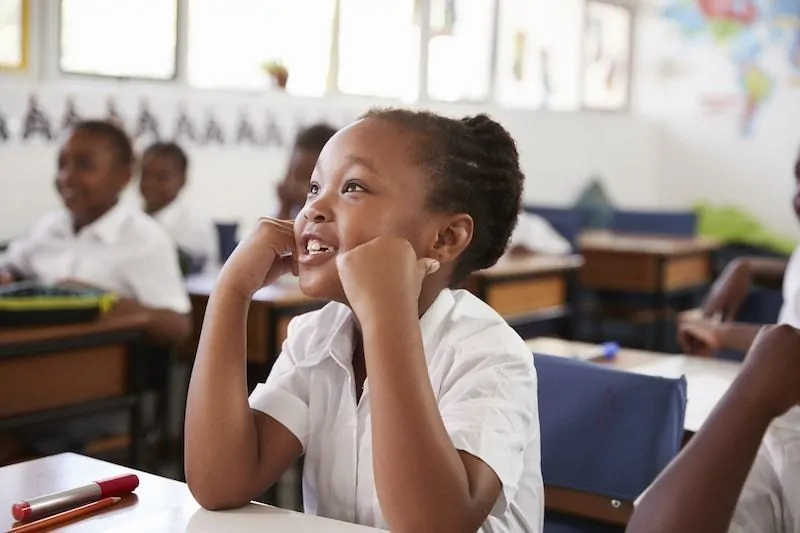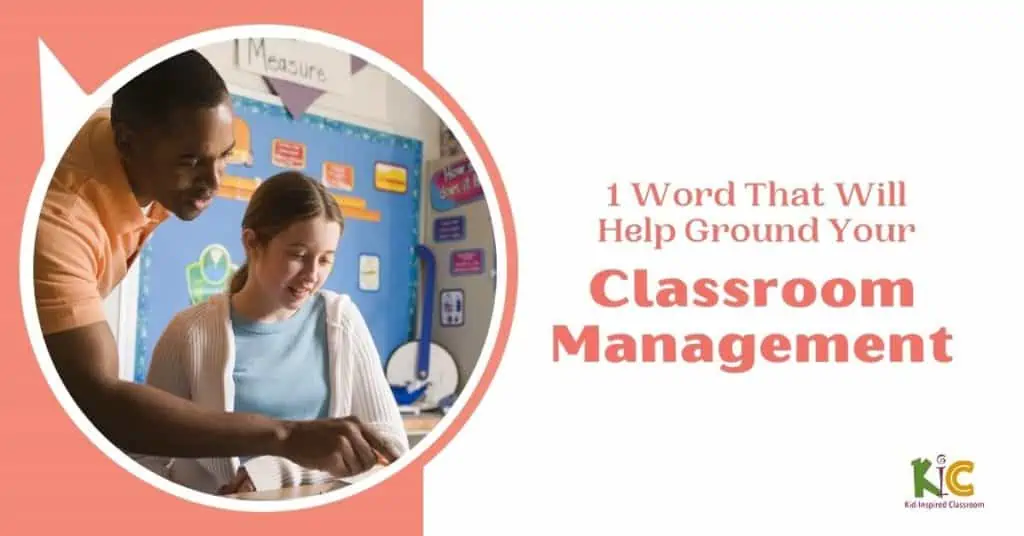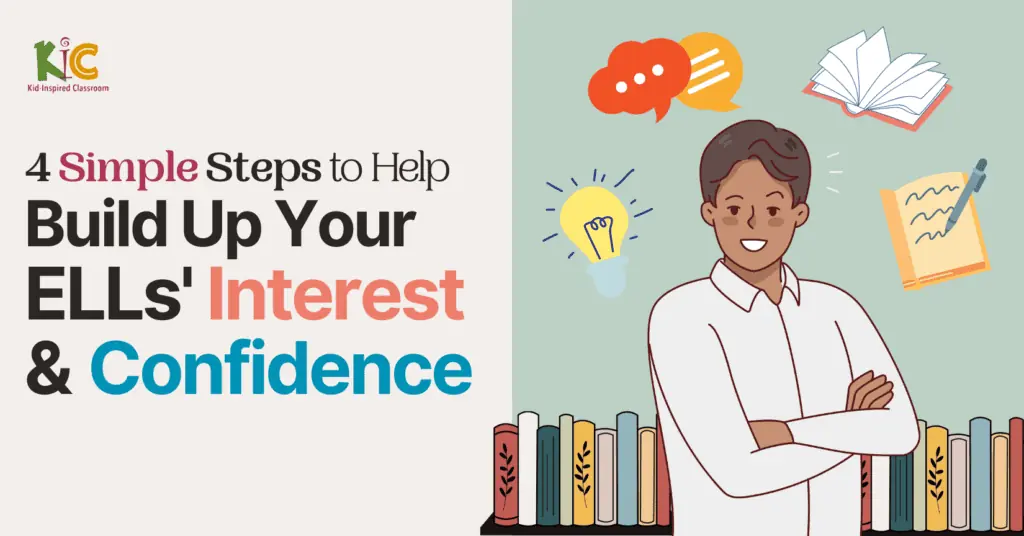In an earlier article, I told the first half of my most difficult student ever story.
The leading actress was a little girl named Melody.
I couldn’t leave her alone and I couldn’t be by her side every minute of class. If I left her alone, she would pester the students around her until they cried or got angry.
If I was by her side, she would go completely unresponsive or play dumb and need help with something like how to hold a pencil.
Consequences made her worse.
If I took a point for interrupting me, she would interrupt more.
If I gave her extra work, she would scribble all over it.
If I had her stay at her desk while everyone else played a game, she would start breaking the lead from the tips of everyone’s pencils. I had to remove her from the classroom more frequently than I would care to admit.
It felt like defeat when all there was left to do was to remove her from the classroom.
I tried a lot of things.
Many, as in those examples above, didn’t work.
Some things I tried though started to make a difference.
One of the most effective things I learned was how powerful the desire for attention is for some children–children I would imagine who are somewhat starved of it at home.
I set out to pay attention to Melody only when she was not misbehaving.
Since she did little that could be described as good behavior, I had to find times to pay attention to her when she was doing the bare minimum of what she was supposed to be doing in class.
If I was asking the class to repeat something after me and she joined, I would pull up a chair next to her, give her a high five, and continue teaching.
Usually, as soon as I pulled up a chair, she would light up and stop doing what I asked.
I would tell her that if she didn’t keep saying what I had asked that I was going to get up and go back to the front of the class.
After a few rounds, she started speaking louder and clearer than anyone.
I used attention in another way as well.
I set up the latter half of the class to be more student-centered so that I could go around and work with the students one-on-one. I would check in with each student to see if they could remember the phonics sounds we had learned and read the sentence we had practiced.
The kids loved the individual attention, so I made it a rule that I would only sit down with the students who were working hard.
Because Melody wanted me to come over and sit with her, she would at least leave the other students alone and write a letter or two, albeit in large ugly strokes.
She hated to write. Anything.
It was progress though. I didn’t do away with consequences entirely though. I just learned to make sure I won.
One of the biggest problems with consequences is that you run out of consequences to give.
For instance, I gave students three stamps every class for behaving well and completing work.
If a student had an ‘a’ next to their name on the board, then they lost a stamp, a ‘b’ meant two stamps and a ‘c’ all three.
When Melody realized that I had nowhere to go after c, she had me and, since she would lose all three stamps in about the first five minutes of class, she would look at me like what are you going to do now?
After losing all of her stamps, I would give her extra worksheets.
I would tell her she had to do an extra worksheet, then two, then three.
Of course, it was painstakingly difficult to get her to write one worksheet and required an enormous time investment to do so.
Writing two or three only meant that she could run out the clock, and she and I both knew her mom wasn’t going to make her do it.
I learned that if I were going to give consequences, I needed to make sure I wasn’t going to run out of places to go. I learned to make my consequences much more incremental.
Melody didn’t mind losing stamps she hadn’t gotten yet, but she hated losing the ones she had. If she had a couple of completed stamp sheets that she was hoping to trade in for a gift, it was devastating to lose those stamps, but instead of taking all of the stamps in one spout of anger, I would start taking the stamps one at a time.
I would say, “Please, don’t dance on your seat during class. That’s one. If I get to three, I will take a stamp.”
Shake, shake, dance, dance.
That’s two.
Move, move, shake, shake.
I would walk over, cross a stamp off one of her stamp sheets and keep teaching.
By the second stamp, as soon as I walked over to the stamp chart, she would sit down and say, “Noooo!”
And I would keep teaching. I wouldn’t give her any more attention than was absolutely necessary to make sure expectations and consequences were clear.
As soon as she sat down and participated in any form, I would go stand next to her, pat her on the back, and say, “Thank you.” I would stand next to her, teaching the class, and she would hold my hand and be the sweetest girl ever for a while.
The final thing I learned was the power of speaking into a child’s life.
Melody’s behavior improved, but she would still slip up at times, and every once in a while, I would ask the whole class to wait for a second, get down in front of her, look her in the eyes and say,
“Melody, look at me.”
Her eyes would widen and she would think she was in for a lecture, and she would smile.
And I would say, “You are a smart and beautiful girl.”
Her expression would change. Suddenly, she wasn’t smiling anymore and her eyes would narrow on mine. “No.”
“Look at me. I wasn’t asking a question. You are a smart and beautiful girl, and I like you very much. Do you hear me?”
“…Yes.”
“I need you to listen though, OK? I feel sad when you do the things I have asked you not to do. Can you do better?”
“…”
“Can you do better?”
“…Yes.”
She was just a kid, and she had been trained to get attention by behaving badly. It took me doing what was best for her—even when I was furious with her—for her to change.
She was still way behind the rest of the class, she still had moments of relapse, but by the end of the year, she was a different child.
I would love to hear your challenging student stories. Leave me a note in the comments below!






